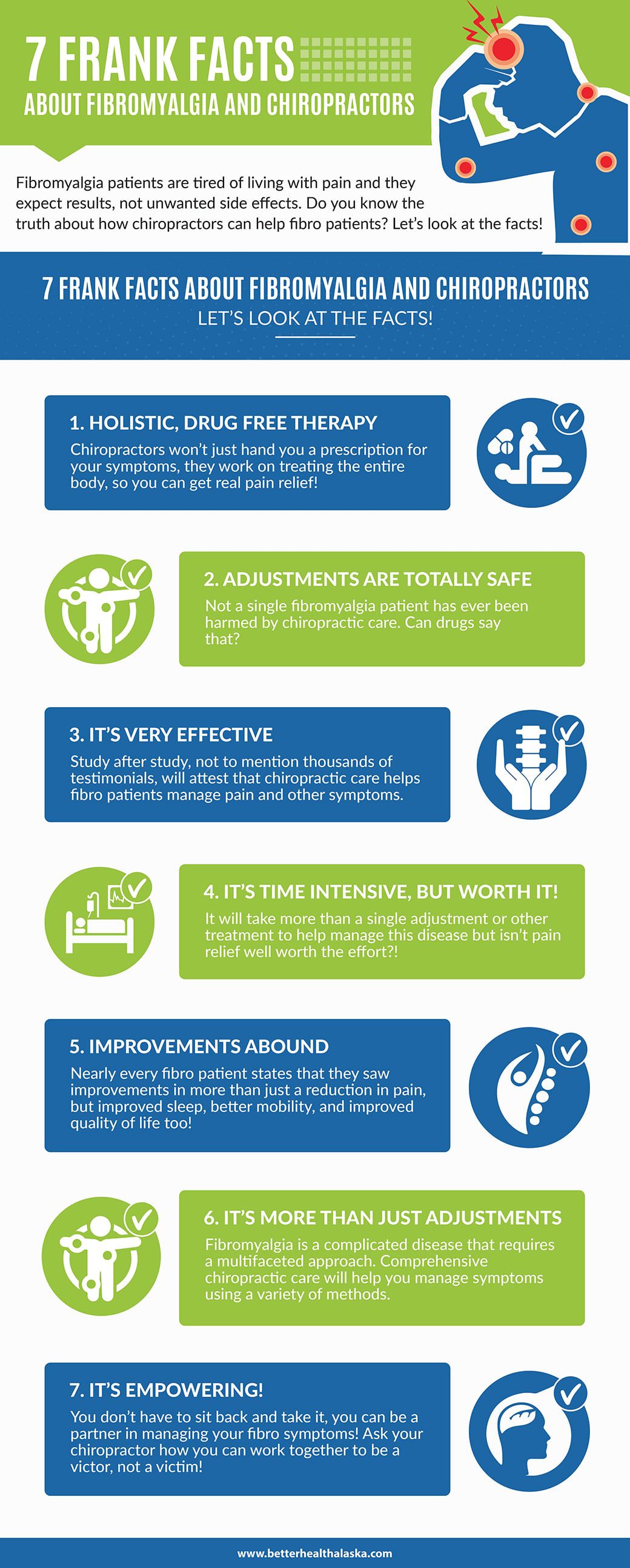Decoding The Scientific Research Of Cold Laser Therapy: Discovering Its Mechanisms And Effects
Decoding The Scientific Research Of Cold Laser Therapy: Discovering Its Mechanisms And Effects
Blog Article
Writer-Benson Hutchison
You may have heard of cold laser treatment as an appealing treatment choice for numerous problems, but have you ever before wondered exactly how it actually works with a mobile degree? Comprehending the mechanisms behind this therapy can shed light on its performance in advertising recovery and lowering inflammation. By discovering the science behind cold laser therapy, you'll get understandings right into the fascinating methods which light can influence cellular procedures and help with tissue repair.
How Cold Laser Therapy Works
To comprehend how cold laser treatment works, you require to grasp the essential principles of just how light energy communicates with organic tissues. Cold laser therapy, additionally called low-level laser therapy (LLLT), makes use of certain wavelengths of light to permeate the skin and target hidden tissues. Unlike the extreme lasers made use of in operations, cold lasers give off reduced levels of light that don't generate warmth or create damage to the tissues.
When these gentle light waves get to the cells, they're absorbed by parts called chromophores, such as cytochrome c oxidase in mitochondria. This absorption activates a collection of organic actions, including boosted mobile power manufacturing and the release of nitric oxide, which enhances blood flow and minimizes swelling.
Additionally, the light power can likewise boost the production of adenosine triphosphate (ATP), the energy money of cells, helping in cellular fixing and regeneration procedures.
Basically, cold laser therapy utilizes the power of light power to advertise recovery and minimize pain in a non-invasive and gentle way.
Devices of Activity
How does cold laser therapy actually work to generate its restorative impacts on biological tissues?
Cold laser treatment, likewise known as low-level laser treatment (LLLT), operates via a procedure referred to as photobiomodulation. When the cold laser is related to the skin, the light energy penetrates the tissues and is taken in by chromophores within the cells.
These chromophores, such as cytochrome c oxidase in the mitochondria, are then stimulated by the light power, leading to a waterfall of organic responses. One crucial mechanism of action is the improvement of cellular metabolic process.
https://when-should-you-see-a-chi17384.eedblog.com/29112535/dominate-your-smoking-practice-the-benefits-of-using-cold-laser-treatment-in-your-trip-to-give-up absorbed light energy enhances ATP manufacturing in the mitochondria, which is crucial for mobile function and repair. Additionally, cold laser therapy aids to minimize swelling by preventing inflammatory arbitrators and advertising the launch of anti-inflammatory cytokines.
This anti-inflammatory impact contributes to pain relief and tissue recovery.
Restorative Effects
Comprehending the therapeutic impacts of cold laser treatment includes acknowledging just how the improved mobile metabolic process and anti-inflammatory residential or commercial properties contribute to its favorable results on biological tissues.
When the cold laser is put on the afflicted area, it stimulates the mitochondria within the cells, leading to increased production of adenosine triphosphate (ATP), which is critical for cellular feature and repair service. This boost in mobile energy accelerates the healing process by promoting cells regeneration and decreasing swelling.
Furthermore, cellulite -inflammatory buildings of cold laser therapy aid to reduce pain and swelling in the targeted location. By hindering inflammatory mediators and advertising the launch of anti-inflammatory cytokines, cold laser treatment aids in minimizing pain and improving the total recovery action.
This reduction in inflammation not only supplies prompt alleviation yet also sustains long-term tissue repair service.
Conclusion
In conclusion, cold laser therapy functions by boosting mobile fixing and tissue regeneration through photobiomodulation. Its anti-inflammatory properties give discomfort alleviation and lower swelling by preventing inflammatory arbitrators.
This treatment offers an extensive method to healing, delivering both immediate relief and lasting tissue repair service advantages.
Via its mechanisms of action, cold laser treatment proves to be an efficient and encouraging therapy option for a variety of conditions.
